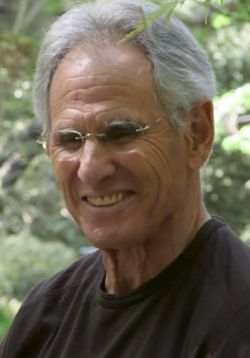Jon Kabat-Zinn Quote
Genetically speaking, we are one people. The two most seemingly different people in the world are virtually identical from the point of their genes.φ At most, about one in a thousand nucleotides in our DNA are different between the blackest and the whitest, the tallest and the shortest of us. We are 99.9 percent the same. We are one tribe, one family, but have yet to recognize it. We humans are all intimately interconnected. How we treat each other matters to the health and well-being, perhaps even the survival, of us all as a species, not in some vague future, but in this very moment.
Jon Kabat-Zinn
Genetically speaking, we are one people. The two most seemingly different people in the world are virtually identical from the point of their genes.φ At most, about one in a thousand nucleotides in our DNA are different between the blackest and the whitest, the tallest and the shortest of us. We are 99.9 percent the same. We are one tribe, one family, but have yet to recognize it. We humans are all intimately interconnected. How we treat each other matters to the health and well-being, perhaps even the survival, of us all as a species, not in some vague future, but in this very moment.
Related Quotes
About Jon Kabat-Zinn
Jon Kabat-Zinn (born Jon Kabat, June 5, 1944) is an American professor emeritus of medicine and the creator of the Stress Reduction Clinic and the Center for Mindfulness in Medicine, Health Care, and Society at the University of Massachusetts Medical School. Kabat-Zinn was a student of Zen Buddhist teachers such as Philip Kapleau, Thich Nhat Hanh, and Seung Sahn, and a founding member of Cambridge Zen Center. His practice of hatha yoga, Vipassanā and appreciation of the teachings of Soto Zen and Advaita Vedanta led him to integrate their teachings with scientific findings. He teaches mindfulness, which he says can help people cope with stress, anxiety, pain, and illness. The stress reduction program created by Kabat-Zinn, mindfulness-based stress reduction (MBSR), is offered by medical centers, hospitals, and health maintenance organizations, and is described in his book Full Catastrophe Living.
